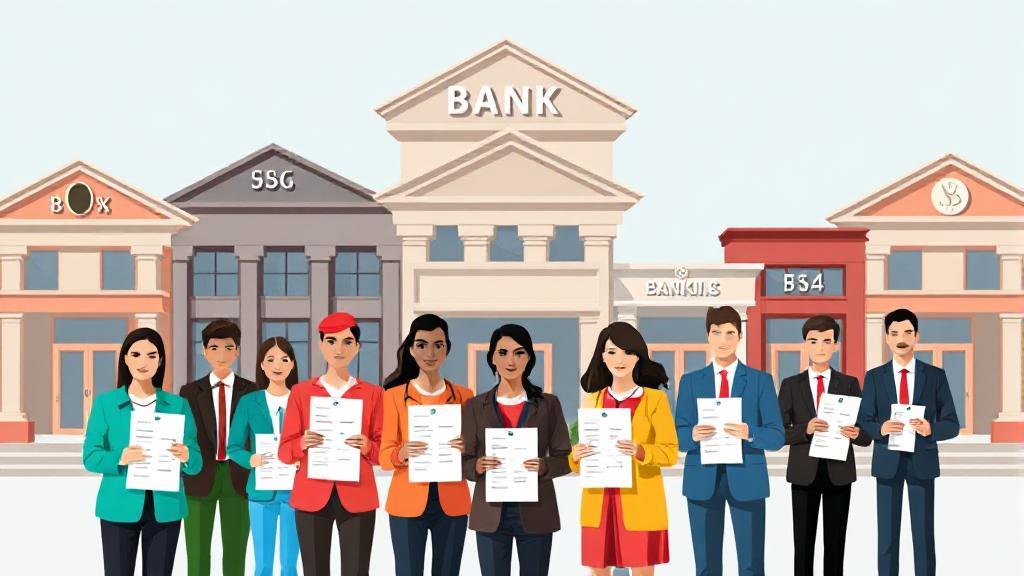Understanding Your Banking Needs
Before diving into the specifics of different banks, it's important to assess your personal banking needs. Consider the following questions:
- What type of accounts do you need? Checking, savings, or both?
- How often do you visit a bank branch? Do you prefer online banking?
- Do you need access to ATMs frequently? Are there fees for using out-of-network ATMs?
- Are you looking for additional services? Such as loans, credit cards, or investment options.
Types of Banks
1. Traditional Banks
These well-known brick-and-mortar institutions offer a wide range of services, including checking and savings accounts, loans, and investment products. Some of the largest traditional banks include Chase, Bank of America, and Wells Fargo.
Pros:
- Extensive branch and ATM networks
- Comprehensive range of services
Cons:
- Higher fees and lower interest rates on savings accounts
2. Online Banks
Online banks operate without physical branches, offering services through digital platforms. Examples include Ally Bank and Capital One.
Pros:
- Higher interest rates on savings accounts
- Lower fees
Cons:
- Limited or no physical branches
- May lack some services offered by traditional banks
3. Credit Unions
Credit unions are member-owned financial cooperatives that often provide more personalized service. Examples include Navy Federal Credit Union and Alliant Credit Union.
Pros:
- Lower fees and better interest rates
- Community-focused service
Cons:
- Limited branch and ATM networks
- Membership requirements
Key Factors to Consider
Fees and Charges
Look for banks that offer:
- No monthly maintenance fees
- Free ATM withdrawals
- No minimum balance requirements
- Free online and mobile banking
Digital Banking Features
Modern banking should include:
- User-friendly mobile app
- Mobile check deposit
- Online bill pay
- Person-to-person payment options
- Card controls and alerts
Security Measures
Ensure your chosen bank has:
- FDIC insurance (up to $250,000 per depositor)
- Two-factor authentication
- Encryption for online transactions
- Fraud monitoring
- 24/7 fraud reporting
Special Considerations
Students
Many banks offer student-specific accounts with:
- No minimum balance
- No monthly fees
- Free checks
- ATM fee reimbursement
International Travelers
Look for:
- No foreign transaction fees
- Wide international ATM network
- Currency exchange services
- Global branch access
Making Your Decision
| Bank Type | Best For |
|---|---|
| Online Banks | Higher interest rates, lower fees |
| National Banks | Wide coverage, full-service banking |
| Credit Unions | Personal service, community focus |
| Regional Banks | Local expertise, relationship banking |
Red Flags to Watch For
"If it seems too good to be true, it probably is."
Be wary of banks that:
- Have numerous customer complaints
- Lack transparency about fees
- Offer unusually high interest rates
- Have limited insurance coverage
- Show signs of financial instability
Final Steps
- Read all documentation carefully
- Understand the fee structure completely
- Set up online banking and mobile apps
- Order necessary cards and checks
- Set up direct deposits and automatic payments
For more information on banking options, check out resources like NerdWallet and Bankrate.
